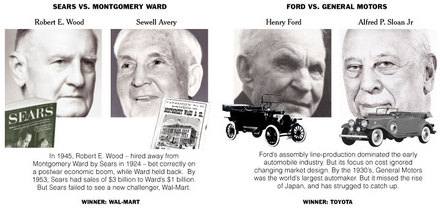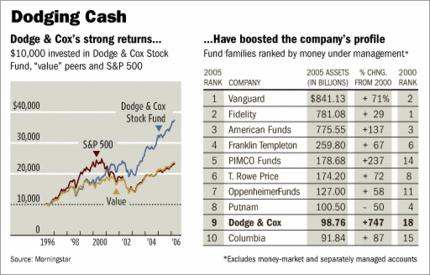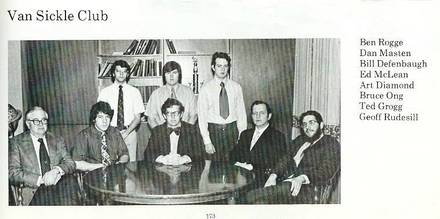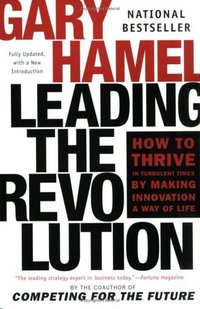In much of the press speculation right before Bush named the replacement for Alan Greenspan as head of the Fed, three names were usually mentioned as frontrunners: Ben Bernanke, Martin Feldstein, and R. Glenn Hubbard. Based on various speeches and writings, I had reason to believe that Feldstein and Hubbard understood and appreciated the importance of Schumpeter’s process of creative detruction. So I hoped that Bush would pick either Feldstein or Hubbard. Alas, I have found no evidence that Bernanke has ever mentioned creative destruction (but maybe I just haven’t dug hard enough).
In the passage below, Hubbard suggests that much job creation, occurs through nondestructive creation, rather than through creative desruction. An interesting claim, that may be true. But I doubt it. Some evidence would be nice.
Much of the current policy discussion of the ups and downs of the labor market harkens back to entrepreneurship as "creative destruction." This conception has fueled policy anxiety over job loss and global competition. But so much of productivity-enhancing entrepreneurship is really about "nondestructive creation," in which new products and ideas generate growth.
There are policy lessons, too, in the observation that it is not simply opportunity (e.g., IT) but the seizing of opportunity (e.g., new types of firms or business practices) that enhances productivity. Competition can promote entrepreneurial innovation in a way that raises productivity growth: Foreign competition has long been a source of productivity-enhancing innovation. In the domestic economy, policy can enhance or limit competition by its stance toward new business formation and employment. The U.S. has enviably low regulatory costs of business formation, while, by contrast, entry restrictions limit business formation in a number of other competitor countries. Labor market policy matters, too: Recent OECD research finds a strong negative correlation between a country’s technology growth-rate and the strength of its employment protection laws.
. . .
Over the past quarter-century, average U.S. labor productivity has risen by two-thirds. This enormous increase in workers’ ability to produce has not come at the expense of jobs. The 40 million new jobs created over the same period reveal the secret of an entrepreneurial economy: Successfully seizing business opportunities can raise living standards and employment. For this reason, entrepreneurship–the motor that drives the labor market–must be a focus of study in business education and policy making.
For the full commentary, see:
R. Glenn Hubbard. "’Nondestructive Creation’." The Wall Street Journal (Wednesday, September 7, 2005): A16.
P.S. Mark Wohar alerted me to an amusing music video, satarizing Hubbard’s possible ambitions to become chair of the Fed. I later saw the video receive publicity on CNBC’s Power Lunch program, where the video’s student-creators at the Columbia Business School were feted. The video may be found at: http://www0.gsb.columbia.edu/everybreath/






 Charles Koch. Source of image: online version of WSJ article cited below.
Charles Koch. Source of image: online version of WSJ article cited below.
